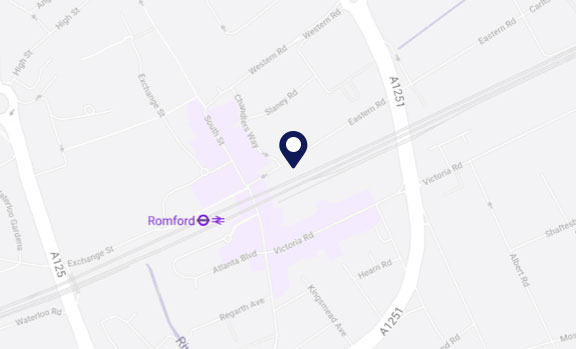Family & Divorce
Maintenance and the cost-of-living crisis
Courts are likely to see a rush of applications to vary spousal maintenance orders due to rising inflation and the cost-of-living crisis.
Spousal maintenance orders
Many maintenance orders or agreements are linked to inflation, meaning that payers may be faced with a higher bill, whereas those who are in receipt of maintenance and whose orders are not linked to inflation may be feeling the pinch from rising costs.


















Sally Ward, Head of our Family team, explains what this means for those affected:
What to do if your order is not enough and your cost of living is rising?
Check whether the order is index linked or non-index linked. If your order is index linked, the payments you make or receive should go up in line with inflation each year. If your order is not index linked, the payments will remain the same, regardless of the level of inflation. If your order is index linked it is important to check whether this part of the order has been followed as it is often overlooked. You might need to recalculate the amount of maintenance being paid and request funds to cover the backlog of missed payments.
If your order is not index linked, you may need to approach the paying party for increased maintenance. Remember that they will also be facing higher living costs so you will need evidence of why your maintenance should increase.
If you can, it is worth trying to agree to vary the order so as to index link maintenance payments going forward and to prevent a similar situation arising again.
What to do if you can’t afford your rising maintenance costs?
If you are paying maintenance under an index linked order and your pay has not increased more than inflation, you are likely to find yourself out of pocket if you have to increase your monthly payments in line with inflation. You should try speaking to the receiving party to agree a new level of maintenance payments. If you cannot agree, it is best to continue paying what you can rather than to stop paying altogether.
It’s important that you have evidence that you cannot afford the current or increased maintenance.
Another option is to pay a one-off lump sum – known as capitalising your maintenance payments. This not only removes the monthly burden of paying maintenance, but can potentially reduce the total payable, as a discount is often applied proportionate to the interest that can be earned on the sum if it is invested. On the other hand, the lump sum cannot be reimbursed if future circumstances mean that you could have reduced your monthly maintenance payments.
How can this be resolved amicably?
How do I make sure any agreement is honoured?
If you agree a variation in maintenance or to index link future maintenance you will need to include this in an order varying the original order. This can be done by consent and gives both parties a document to fall back on should the other breach the terms of the agreement.
What can I do if we can’t reach an agreement on the level of maintenance?
You can apply to court or an arbitrator. If you are the payee, you will need to apply to enforce the order if the payer stops paying the amount originally ordered. Either party can make an application to vary the maintenance upwards or downwards or to capitalise maintenance.
It is difficult to know how a Judge may determine an application to vary/enforce where one party claims inability to make payments due to the increased cost of living and you need to be sure that the costs of going to court will not outweigh the benefit of varying the maintenance payments.
If you have a clean break order
If you have a clean break order, which is one where spousal maintenance orders have not been made, you will not be entitled to revive a spousal maintenance claim.
Child maintenance
Child maintenance is based on the payer’s gross income so unlikely to change unless the payer has had a pay rise.